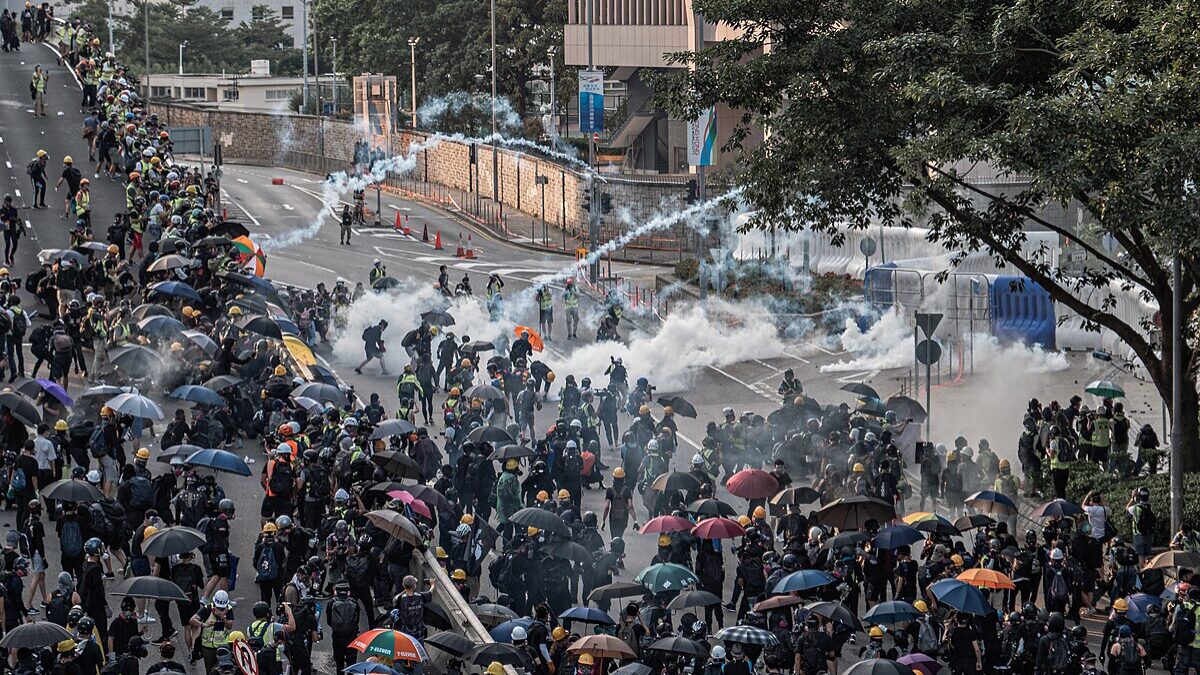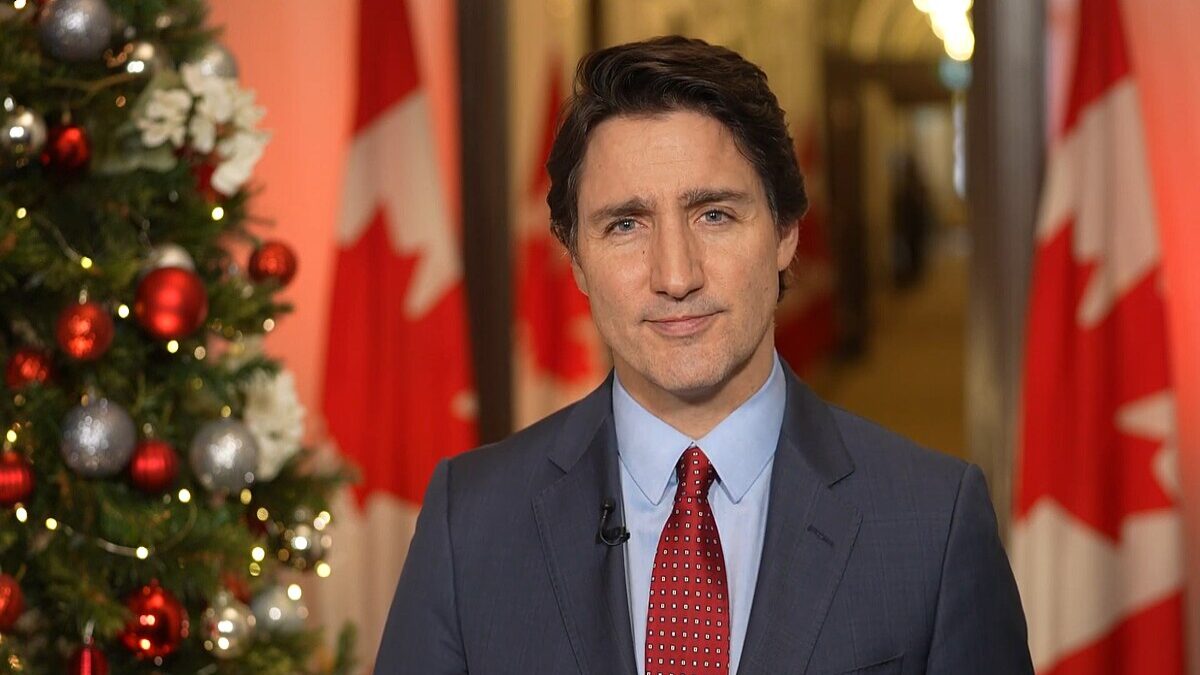
Remember the episode of “Lassie” where a Park Ranger dictator attempts to take over the town to collectivize all the farms? Oh, you don’t?
Like usual, Lassie runs up to Timmy and barks a warning that the do-gooder youngin’ is amazingly able to decipher. What’s that, girl? Trouble at the Maduro ranch? There’s no food since the red shirts expropriated all the means of production? Come to think of it, girl, I haven’t eaten in weeks. Boy, I never noticed until just now how thick and juicy your hind legs are…
At first blush, it sounds far-fetched. But in the topsy-turvy terror-land that is Nicolas Maduro’s Venezuela, a storyline like “Lassie for Lunch” may become as commonplace as a caudillo in a blood-red button-down. Fear not, though, ye blighted boosters of Bolivarianism! Where there’s a will to power, there’s a way to protein intake.
The Rabbit Plan Is No Joke
Venezuela’s new plan to stem starvation is called plan conejo—the “rabbit plan.” It sounds like a “Donnie Darko” sequel, or a trick football play like the flea flicker. I assure you, though, the rabbit plan is very real. Just ask Venezuelan minister of urban agriculture, Freddy Bernal.
“We want people to stop seeing these [rabbits] as pets and start seeing them as what they really are, two kilograms of meat full of protein.” Boy, if I had a quarter for every time I’ve said pretty much the same thing. Honey, I want you to stop seeing me as your husband and start seeing me for what I am: 90 kilograms of kosher beef full of protein.
I wonder whether Bernal will be able to sell the same line when there are no animals left to eat. When even the bones of mutilated buffalo and wild pigs are no longer found stripped inside of zoo cages, when one day not even the “offal of a black horse inside its enclosure” remains, what’s next on the menu for Venezuelans?
Welcome to Chateau Maduro. Today, we have a pairing of a roasted slum-dwelling field hand, along with a nice Cuban port. I know it sounds like some low-rent Hannibal Lecter redux—“Silence of the Rabbits”—but you can’t rule these things out. In the past century, famine has turned to such foul feasting quite often.
Why Don’t Capitalist Economies Feature Cannibalism?
There’s a list of ten famines that, by the end of their starvation horrors, ended with the afflicted cannibalizing one another. More than half were caused by economic dislocation of the kind occurring in Venezuela. It’s a Greatest Hits list of government-made horror, featuring all the familiar faces: North Korea, the People’s Republic of China, the Soviet Union.
It’s strange. When you think about it, not a single capitalistic democracy has seen its citizens turn to cannibalism in the middle of an economic downturn. What a bizarre coincidence. Ah, well, probably meaningless. One of those correlation-doesn’t-equal-causation things.
Most of the world’s most prominent champagne socialists have gone quiet as Venezuela goes to rot, so they won’t object to my assessment anyhow. Maybe it’s denial. Or maybe cognitive dissonance; perhaps blame can be placed elsewhere? Yes, that’s it. It isn’t socialism’s fault. It’s the world surrounding us.
Yet to write that “the vast majority of famines throughout history have been caused by environmental factors we had (or believed we had) no control over,” as Mark Joseph Stern did in Slate, is deeply dishonest. Stern’s claim is like comparing the age of nuclear weapons to the Bronze Age and saying, “For thousands of years the most people that were killed in any one battle was at the Siege of Tenochtitlan, so no more than 240,000 people could be killed at once today.”
Before the twentieth century, humanity wasn’t capable of the organized terror, the mechanistic bloodshed of the two world wars and the dark reign of communism. So, of course Acts of God—hurricanes, drought, climate—had more to do with plaguing populations with dead crops and empty grain stores before the modern age.
But Stalin’s Holodomor represented a new era of man-made starvation. Mao’s Great Leap Forward showed that an enforced top-down collectivization of a whole country’s food supply could act as a multiplier for misery and death. The Chauvistas are taking a page out of Stalin and Mao’s playbooks. All those famines resulted in human beings turning to cannibalism to survive. And ignoring the connection between socialist economics and human suffering is a facile, willfully blinkered view of history.
Modern Famines Are Manmade
The Venezuelan infant mortality rate was 79 percent higher in 2016 than in 2009. More than 11 percent of Venezuelan children are malnourished, a figure “well above the 10 percent threshold humanitarian agencies use to declare a food crisis.” A 2017 report by Human Rights Watch offers this: “In a 2015 survey by civil society groups and two Venezuelan universities, 87 percent of interviewees nationwide—most from low-income households—said they had difficulty purchasing food. Twelve percent were eating two or fewer meals a day.”
Read the National Institutes of Health’s abstract on “The Phenomenon of Famine.” It pretty much sums up a consensus view on national starvation: “modern famines, like most of those throughout history, are manmade.” That’s because men, not the environment, instigate the “political interference with the normal distribution or relief movements of food.”
Venezuela has no one to blame for its crisis but its own leaders’ Bolivarian revolutionary pretensions. How long, then, before their hunger hastens and heightens in its severity? How long before the international Left raises its hidden face from its silent shame? How long? Not long, you shall reap what you sow. Let’s just wait and see what’s in the harvest.









